From less than half a billion dollars in 2013 to an expected US$14 billion by 2021, the global market for Software-defined Networking (SDN) is currently one of the fastest-growing in the ICT sector. But unlike more appealing technology such as Artificial Intelligence and data analysis, Ian Jansen van Rensburg, Senior Systems Engineer at VMware, says it is not getting the recognition it deserves.
At its most basic, SDN is a network management approach more akin to cloud computing than to the plugging in and setting up of routers. As the name suggests, it is about using a software-first approach to enable more dynamic network configurations to improve performance and monitoring.
Flexibility
Not only does this software-first approach result in centralised network provisioning, it offers administrators a more holistic way of viewing enterprise management. With SDN providing the capabilities to manage both the physical and virtual switches and devices linked to a network, managers can more readily test various configurations without negatively impacting the network itself.
It also enables network setup to be faster and more agile than the traditionally limited (or rather confined) approach of the past. And even though there is still some debate on whether SDN delivers cost-savings, it certainly does provide for better security across application and endpoint levels that free up a significant amount of resources.
Removing complexity
One of the most significant changes SDN provides is in the fact that it removes the reliance on hardware appliances. Instead, it delivers a more virtual experience to users. Of course, physical access points will always be required but their management and configurability will be enhanced with a software-based view that makes upgrades as easy as the scalability offering by cloud data centres.
By giving administrators the ability to manage the entire organisational unit as a single entity, aspects such as fault-finding, service optimisations and adapting network requirements to specific user needs becomes as easy as the ‘flicking’ of virtual switches in a dashboard.
This also facilitates a more vendor-neutral approach as SDN is, generally speaking, focused on open standards. With no vendor lock-in, companies can easily swop out problematic network devices (both physical and virtual) with no negative impact on performance.
Forward-thinking
SDN comes down to arming organisations with the platform to pro-actively manage any potential issues on the network. Changes can be done in real-time on a more pin-point level without taking the entire network down.
And thanks to how SDN collects data around network traffic, it also simplifies identifying threats and compromises. These can be isolated from the rest of the network and curb before more significant damage is done.
Even though its potential is significant, make no mistake that the transition to this dynamic network environment will not be easy. It requires a fundamentally different way of viewing network management and must have the buy-in of management to have a hope of being successful. Even so, its benefits and agility provided for a more connected environment makes it an organisational priority.
How VMware is using SDN
Network Virtualisation
technology takes SDN to the next level by truly decoupling network resources from underlying
hardware. In much the same way that server virtualisation emulates a physical
server within software, network virtualisation emulates the components of
network and security services in software. In this way, the virtualised network
is provisioned and managed independent of your hardware. Physical networking
devices simply become vehicles to forward packets.
Smarter security with software-first approach
In a traditional hardware-first approach, application security is bolted on after the fact.
Networks must guess what the application needs, which can lead to security gaps. A software-led approach based on VMware NSX builds security into your network and applications from the start -and positions you for a whatever comes next.
Software-Defined Storage (SDS)
VMware’s SDS strategy is to evolve storage architectures through the pervasive hypervisor, bringing to storage the simplicity, efficiency and cost-savings that server virtualisation brought to compute. SDS abstracts the underlying storage through a virtual data plane, making the VM, and thus the application, the fundamental unit of storage provisioning and management across heterogeneous storage systems.
By creating a flexible separation between applications and available resources, the hypervisor can balance all IT resources—compute, memory, storage and networking—needed by an application.

VMware’s Software-Defined Storage solutions enhance today’s data centre by delivering:
- Per-application storage services: SDS applies at the VM level, allowing storage services to be tailored to the precise requirements of an application and adjusted as needed on a per-application basis, without affecting neighbouring applications. Administrators are in complete control of which storage services, and therefore costs, are consumed by which application
- Rapid changes to storage infrastructure: SDS uses a dynamic and non-disruptive model, just as in compute virtualisation. IT admins can precisely match application demand and supply at the exact time the resources are needed. Storage services become fluid—a little more for this application now, a little less for that one later
- Heterogeneous storage support: SDS lets you leverage existing storage solutions, such as SAN and NAS, or direct attached storage on x86 industry-standard hardware. With industry standard servers, the backbone of Hyperconverged Infrastructure, IT organisations can design low-cost and scalable storage environments that easily adjust to specific and ever-changing storage needs.


